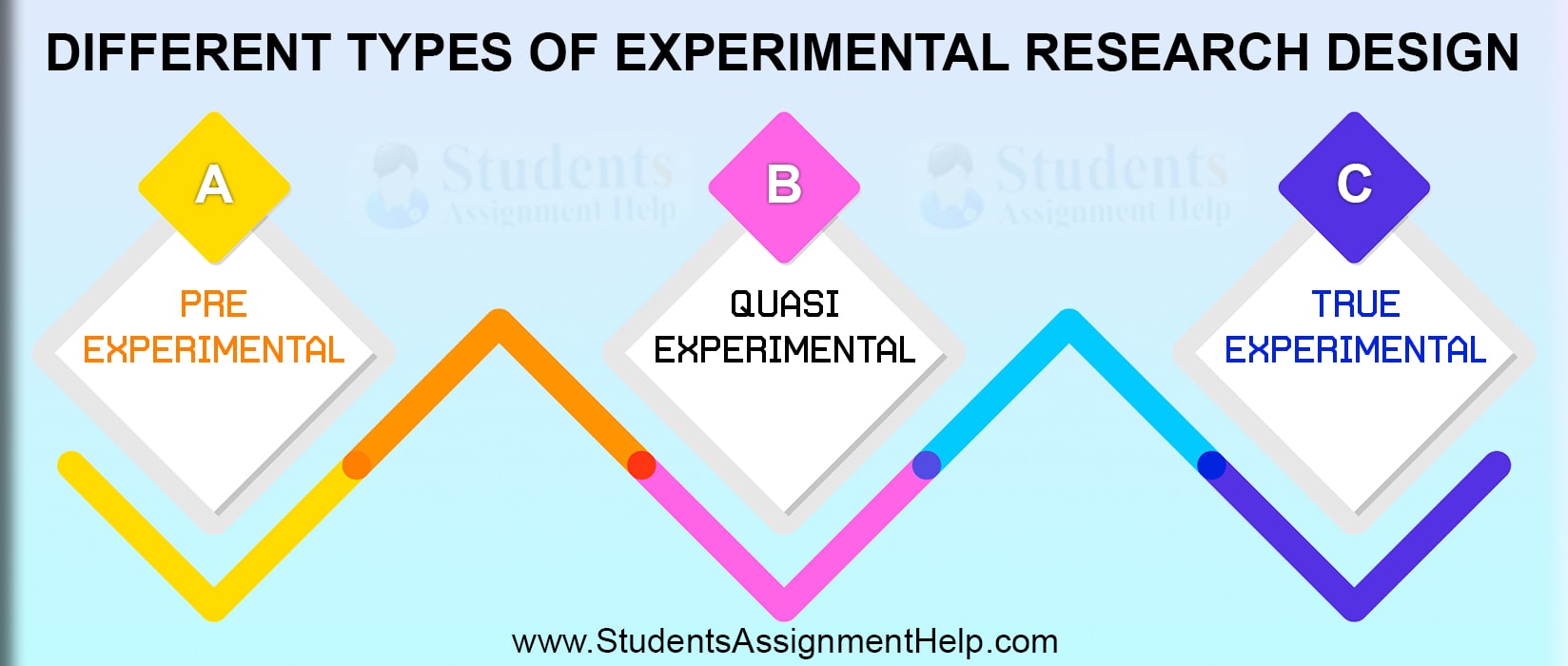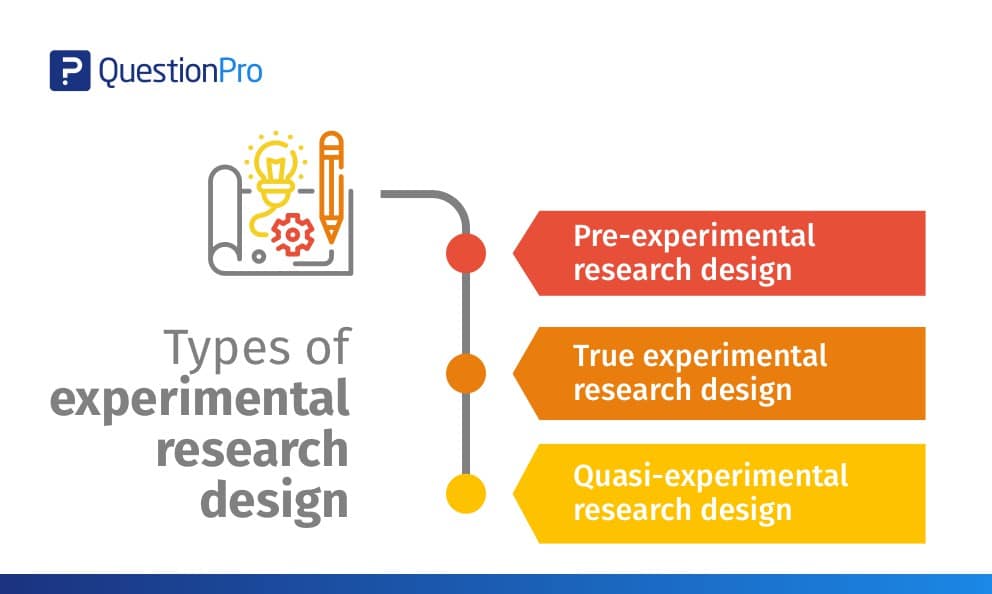Table Of Content

Taken together, the pattern of results presented by the basic design and the additional design elements provided strong support for the effectiveness of the sales campaign. The RD design overcomes several of the objections to the randomized controlled trial (RCT) discussed in this report. When an existing program uses quantitative assignment rules, the RD design permits strong evaluation of the program without the need to create a pool of participants willing to be randomized. Sometimes outcome data may be collected routinely from large samples of individuals in the program.
Types of Pre-experimental Designs
Effectiveness of implementing of an infection control link nurse program to improve compliance with standard ... - BMC Medical Education
Effectiveness of implementing of an infection control link nurse program to improve compliance with standard ....
Posted: Wed, 19 Apr 2023 07:00:00 GMT [source]
Subjects are not randomly assigned to groups, which can lead to selection bias and limits the generalizability of the findings. The main difference between a pre-experimental design and a quasi-experimental design is that pre-experimental design does not use control groups and quasi-experimental design does. Quasi always makes use of the pre-test post-test model of result comparison while pre-experimental design mostly doesn’t. So even before the true experiment starts, they carry out a pre-experimental research design to determine the possible results of the true experiment. Pre-experimental design is a research method that happens before the true experiment and determines how the researcher’s intervention will affect the experiment. Experimental research establishes a cause-effect relationship by testing a theory or hypothesis using experimental groups or control variables.
Prefab Builder Blend Projects Makes Tiny Cabins and Full-Blown Homes Made of Healthy Materials
In cases where the administration of the stimulus is quite costly or otherwise not possible, a one-shot case study design might be used. In our example of the study of the impact of Hurricane Katrina, a researcher using this design would test the impact of Katrina only among a community that was hit by the hurricane and would not seek a comparison group from a community that did not experience the hurricane. Researchers using a one-shot case study design must be extremely cautious when making claims about the effect of the stimulus, though the design could be useful for exploratory studies that aim to testing one’s measures or the feasibility of further study.
Lack of Control Group
The effect of professional portfolio learning on nursing students' professional self-concepts in geriatric adult internship ... - BMC Medical Education
The effect of professional portfolio learning on nursing students' professional self-concepts in geriatric adult internship ....
Posted: Wed, 15 Feb 2023 08:00:00 GMT [source]
In the Oregon Medicaid experiment, the wait list for Oregon was so long, state officials conducted a lottery to see who from the wait list would receive Medicaid (Baicker et al., 2013). [3] Researchers used the lottery as a natural experiment that included random assignment. People selected to be a part of Medicaid were the experimental group and those on the wait list were in the control group. There are some practical complications with using people on a wait list as a control group—most obviously, what happens when people on the wait list are accepted into the program while you’re still collecting data? Natural experiments aren’t a specific kind of experiment like quasi- or pre-experimental designs. Instead, they are more like a feature of the social world that allows researchers to use the logic of experimental design to investigate the connection between variables.
Pre-Experimental Research Designs
As we discussed in the previous section, time, funding, and ethics may limit a researcher’s ability to conduct a true experiment. For researchers in the medical sciences and social work, conducting a true experiment could require denying needed treatment to clients, which is a clear ethical violation. Even those whose research may not involve the administration of needed medications or treatments may be limited in their ability to conduct a classic experiment.
This chapter will only focus on general design principles for hypothesis testing studies. We will address the issue of design principles for hypothesis-generating studies at the end of this chapter. We advise that when researchers design and conduct hypothesis testing in vivo studies, they should conform to the general principles for the major domains that are outlined in Sect. 4 of the chapter and incorporate these principles into a protocol that can be registered and published. The purpose of using these principles is to enhance scientific rigour without restricting creativity. It is advisable that sometimes there can be exploratory elements within the same hypothesis testing studies; therefore, extra care in terms of applying these principles to reduce experimental biases would be needed before the start of the studies.

Experimental Biases: Major Domains and General Principles
But hopefully, you can also see that this design would not provide us with much evidence for causality because we have no way of controlling for the effect of extraneous variables. While pre-experimental designs offer advantages in terms of simplicity and convenience, they also come with notable limitations. The lack of a control group and the absence of random assignment limits the ability to establish causality.
These include sample size estimation, randomisation, allocation concealment, blinding, primary and secondary outcome measures and inclusion/exclusion criteria. General descriptions for these domains (Macleod et al. 2009; Rice et al. 2008; Rice 2010; van der Worp et al. 2010) are shown in the following Table 2. It is important to note that these domains are key things to be included in a protocol as mentioned in Sect.
4. Independent Variables and Analysis
A hypothesis testing experiment may also include additional outcome measures, i.e. secondary outcome measures, which can be used to generate hypotheses for follow-up experiments. Secondary outcome measures cannot be used to draw conclusions about the experiment if the experiment was not powered to detect a minimum difference for these outcome measures. One reason that it is often difficult to assess the validity of studies that employ a pre-experimental design is that they often do not include any control or comparison group. Without something to compare it to, it is difficult to assess the significance of an observed change in the case. The change could be the result of historical changes unrelated to the treatment, the maturation of the subject, or an artifact of the testing. Social welfare policy researchers like me often look for natural experiments, or situations in which comparable groups are created by differences that already occur in the real world.
The use of propensity scores helps rule out the possibility that preexisting differences (selection bias) between the groups could account for the results obtained. Pre-experimental research designs are easy to execute in practice, but we must be cautious about drawing causal conclusions from the results. A positive result may still suggest that we should continue using a particular intervention (and no result or a negative result should make us reconsider whether we should use that intervention at all). You will likely see pre-experimental research in your graduate research assistant (GRA) assignments or in the articles you read. Knowing the basics of how to structure such a project, will help you prepare for collaborative research in the future. The pre-experimental design deals with the treatment’s effect on the experiment and is carried out even before the true experiment takes place.
The classification of the research subjects, conditions, or groups determines the type of research design to be used. Designing an in vivo experiment involves taking a number of decisions on different aspects of the experimental plan. An Ohio city instituted a ban on smoking in indoor workplaces and public places in March 2002. All cases of angina, heart failure, atherosclerosis, and acute myocardial infarction in city hospitals were identified from hospital discharge data.

No comments:
Post a Comment